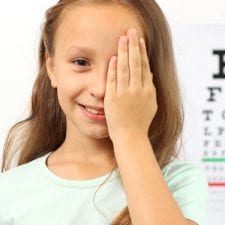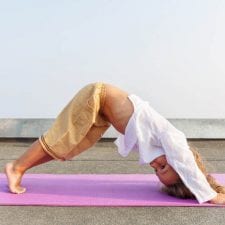

Read Staten Island Parent’s Special Needs Guide Today!
Are you raising a child in Staten Island with autism, ADD, ADHD, dyslexia, developmental disabilities, down syndrome or other diagnosis? The Staten Island Parent Special Needs Guide contains information and resources you need. From doctors and therapists to special needs lawyers and special education services, you’ll find the right resources for your child with special […]

Staten Island Winter Guide
Are you looking for the best places to go in Staten Island this winter? The Staten Island Guide to Winter Fun tells you what’s safe to do and what to visit during the cold months of winter. We’ve also got some fun suggestions for snow days, in case a snowstorm or blizzard hits Staten Island […]

This Is How People Celebrate Halloween Around the World
Do people celebrate Halloween outside of the United States? Halloween dates back thousands of years to ancient Celts and Europeans. Although Halloween is largely associated with the celebrations that take place across much of North America, where 65% of Americans decorate their homes and places of business in the Halloween spirit, it is celebrated in […]

Parents Should Know about These Common Eye Myths
It’s important to separate fact from fiction, especially when the topic is eyesight. Knowing how to take good care of your eyes is the first step in protecting your sight. Don’t be blind to the facts—below are 10 common myths about vision, along with the facts. Myth: Failure to use proper glasses will hurt your […]

CityParks Green Girl Afterschool Program
CityParks Green Girls Empowered by ING Afterschool program is an environmental science club that engages middle school girls throughout the school year in fun-filled online adventures about New York City’s parks and waterways, encouraging them to realize their potential to create change within the natural environment. Through hands-on activities and the stimulating concepts of virtual […]

This Is How to Prevent Your Kid From Catching Colds
The stuffy nose, aches and pains that often accompany the common cold can leave sufferers feeling miserable for a week or more. It can be particularly worrying these days since some cold symptoms can be confused with COVID-19 symptoms. Cold season seems to kick into high gear when the temperatures drop, but this can be […]

Make Kids’ Eye Exams Part of Their Annual Physicals
Evidence released by the American Optometric Association (AOA) now supports that children ages 6 to 18 years should receive a comprehensive eye exam before entering the first grade and annually thereafter. The comprehensive eye exam guideline has shifted from a two-year to a one-year frequency recommendation due to research showing the increased prevalence of eye […]

Here Are Some Reasons Your Kid Should Try Yoga
Your child might not be old enough to correctly pronounce “Namaste,” but she’s probably old enough to enjoy the benefits of practicing yoga. Today yoga is no longer just for adults. In fact, it has become all the rage among kids as young as preschoolers. Here are just some reasons why yoga is awesome for […]

What Your Need to Know about Back-to-School Lice Prevention
Millions of children will soon be heading back to the classroom. Although the return of school may elicit smiles from parents who have spent the entire summer trying to keep kids busy and out of trouble, when kids start bringing home notices of head lice outbreaks, those wide grins may fade. Although head lice can strike just about […]










